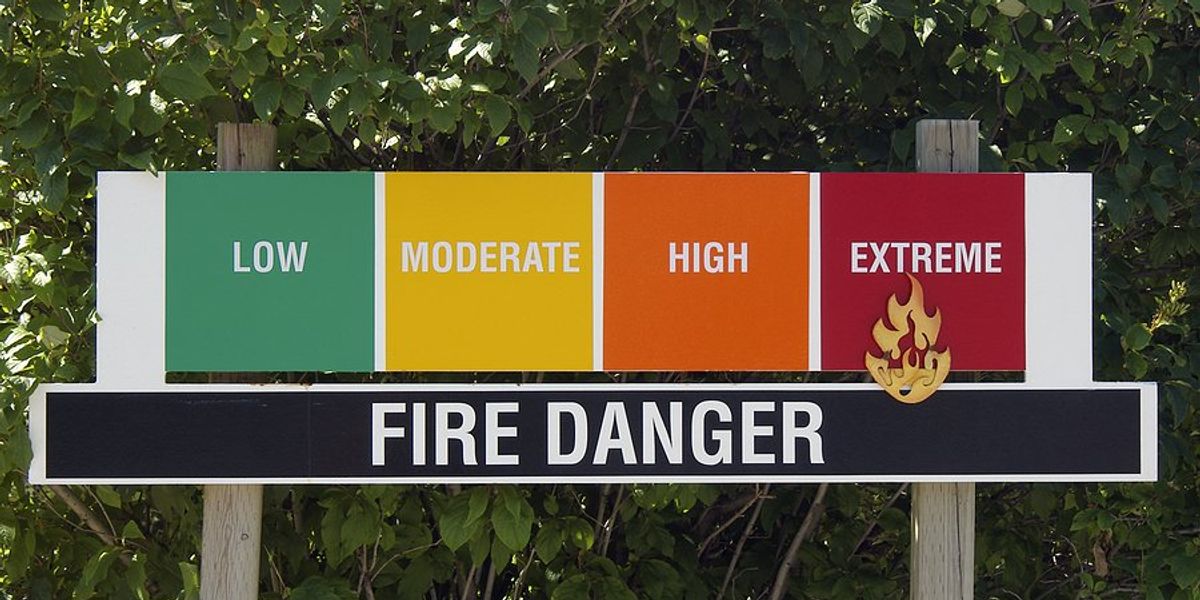ticks
Lone star tick spreads northward, causing concern over meat allergy
A tick known to cause meat and dairy allergies is spreading north, alarming health officials as summer tick activity rises.
In short:
- The lone star tick, once rare in the northeast and Great Lakes, is spreading due to warmer winters and an increased deer population.
- This tick can cause alpha-gal syndrome, a severe allergy to red meat, with over 110,000 suspected cases in the U.S. from 2010 to 2022.
- Health officials advise preventing tick bites by using repellents and wearing protective clothing outdoors.
Why this matters:
The spread of the lone star tick increases the risk of alpha-gal syndrome, potentially altering diets and lifestyles. As global temperatures rise, regions that were once too cold for the lone star tick are becoming more hospitable. Milder winters and longer warm seasons provide a conducive environment for these ticks to survive and reproduce.
Climate change and its impact on Africa's public health
Africa's rising temperatures are worsening vector-borne diseases in vulnerable regions, a serious public health issue.
In short:
- Rising temperatures in Africa extend the life cycle of disease vectors like mosquitoes and ticks, increasing disease spread.
- Edward Miano emphasized climate change as a major public health crisis, linking it to the reemergence of diseases in previously unaffected areas.
- Collaborative efforts across various sectors are deemed necessary to combat the adverse effects of climate change on health.
Key quote:
"It is crucial to acknowledge the gravity of the situation that we are facing today, especially around climate change, as it is no longer only an environmental concern, but it has evolved into a significant public health crisis with far-reaching implications for communities worldwide."
— Edward Miano, executive director of the Health Rights Advocacy Forum
Why this matters:
Climate change reshapes our environment and our health landscape, making once rare diseases common and introducing new health threats to regions already facing socio-economic challenges.
Climate change to boost Lyme disease cases in northeast and midwest U.S. by over 35%, study finds
A recent study published in the journal EcoHealth found that as climate change progresses, Lyme disease cases are set to increase dramatically in the northeastern and upper midwestern U.S.
Ticks on the rise: a family's encounter reveals growing concerns
Increasing tick population are not just a rural concern but a growing threat in city parks as well, highlighting the need for awareness and protective measures against these disease-carrying pests.
In short:
- The UK Health Security Agency notes a steady rise in tick encounters, with certain species like Ixodes ricinus posing significant health risks due to their ability to transmit diseases like Lyme.
- Ticks are adapting to changing climates, expanding their habitats, and increasing in numbers, raising concerns for both human and animal health.
- Preventative measures, including clothing choices and tick checks, are essential for reducing the risk of tick bites and the diseases they can carry.
Key quote:
"The population of ticks is increasing. We need to be aware of them and we need to know how to protect ourselves."
— Arlene Brailey, Lyme Resource Centre
Why this matters:
Ticks, those tiny yet formidable arachnids, are not only a nuisance during outdoor adventures but also pose significant health risks due to their ability to transmit a variety of diseases. One of the primary reasons for the surge in tick populations is believed to be linked to climate change: Disease-carrying insects like ticks prefer warmer winters, early springs and hot summers.
Rising threat: the Lone Star tick's northern expansion
The Lone Star tick's northward expansion brings new health challenges, as it carries diseases like ehrlichiosis, alpha-gal syndrome, and the Bourbon virus.
In short:
- The Lone Star tick, known for its aggressive behavior and unique diseases, is spreading northward, now established from Florida to Maine and as far west as Nebraska.
- This tick species carries several diseases, including ehrlichiosis, alpha-gal syndrome (a red meat allergy), and the potentially fatal Bourbon virus.
- Environmental changes, such as warmer winters and recovering forests, along with an increase in white-tailed deer populations, are contributing to this expansion.
Key quote:
"It’s kind of this perfect storm for them to be taking over."
— Andrea Egizi, Tick researcher
Why this matters:
The northward spread of the Lone Star tick, linked to climate change and environmental shifts, underscores the evolving nature of vector-borne diseases and their impact on national health.
Migratory birds are moving Lyme disease to new places and peoples.
It's not just extreme weather: 'Climate-sensitive' diseases are spreading through the US
Cases of tick-borne illnesses are on the rise. Some experts believe climate change is the cause
In 2022, doctors recorded the first confirmed case of tick-borne encephalitis virus acquired in the United Kingdom. It began with a bike ride.



















